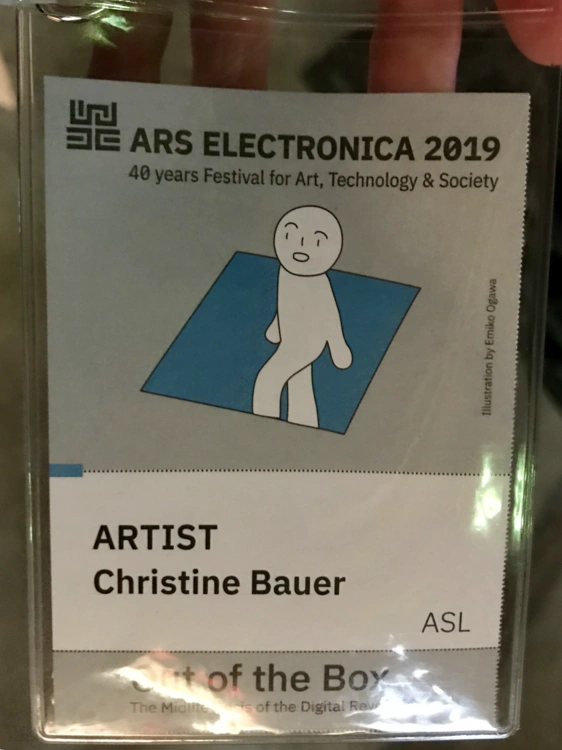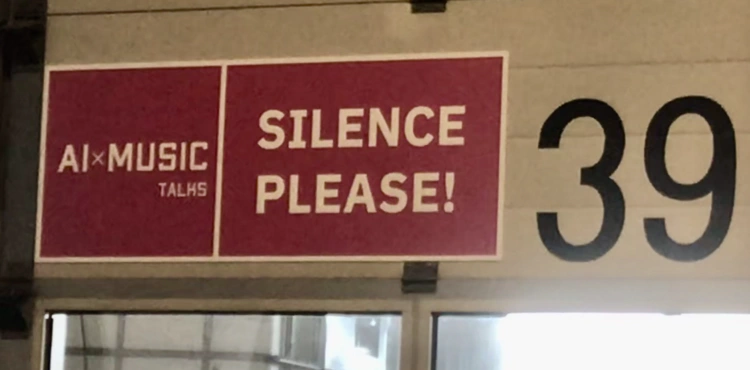
Abstract
For the longest time, access to music recordings was restricted to local availability of their physical representations (e.g., vinyl, CD). Usually, there was only a certain amount of recordings available at home. Now, using online music platforms such as Spotify, Deezer, or Apple Music, people have access to tens of millions of music recordings. As music consumers are confronted with information and choice overload, industry has adopted music recommender systems where algorithms are used to prioritize, classify, and filter content. The goal is to assist consumers in navigating the catalogs of available music recordings and to serve them with suggestions of items that may fit the respective consumer’s preferences.
The two questions that we will address in this presentation are the following: First, how does algorithmic music recommendation work? Second, how do music recommender systems change the world? Addressing the first question, we will point to the data that fuel recommenders, explain the basic techniques underlying current music recommender systems, and illustrate these by vivid examples. Addressing the second question, we will discuss the implications of algorithmic music recommendation. On the one hand, we will address challenges in setting up music recommender systems and illustrate cases where algorithmic curation can go wrong. On the other hand, we will address the implications for the various stakeholders affected by music recommendations, including a wide variety of actors from artists to record companies to music platform providers to music consumers.
Austria




